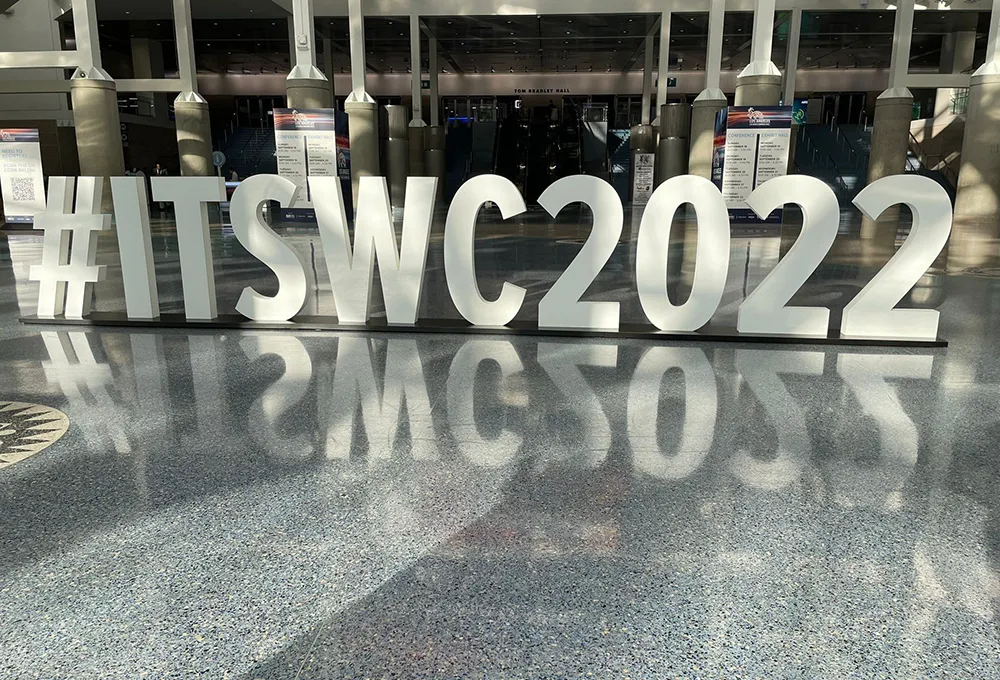It is a busy period for ITS Australia which has just hosted a successful Perth Showcase including a site inspection to a Traffic Operations Centre. An evening showcase attended by more than 60 members heard about ITS activities currently underway including recent improvements ITS is delivering to Western Australia’s road network. The association’s summit is scheduled for September which will not only examine intelligent transport systems but also integrated thinking and action on vehicle emissions and air q
August 1, 2013
Read time: 2 mins

It is a busy period for 858 ITS Australia which has just hosted a successful Perth Showcase including a site inspection to a Traffic Operations Centre. An evening showcase attended by more than 60 members heard about ITS activities currently underway including recent improvements ITS is delivering to Western Australia’s road network.
The association’s summit is scheduled for September which will not only examine intelligent transport systems but also integrated thinking and action on vehicle emissions and air quality. For April 2014, ITS Australia is planning an Asia Pacific Forum in Auckland - an event for which it currently has a Call for Papers.
More immediately the Association has welcomed AU $1.7 million of government funding for trials of cooperative intelligent transport system (C-ITS) technologies used in heavy vehicle. The Heavy Vehicle Safety and Productivity Program will trial heavy vehicle to infrastructure communication as a way to make the busy South Sydney to Port Kembla truck corridor safer. Under the initiative heavy vehicles that regularly travel this route will be fitted with dedicated short range transceivers.
ITS Australia’s chief executive officer Susan Harris said: “ITS Australia encourages governments to work with the business and research communities to develop technologies that can significantly increase the productivity of the transport network, while reducing risk to safety and the environment.”
The association’s summit is scheduled for September which will not only examine intelligent transport systems but also integrated thinking and action on vehicle emissions and air quality. For April 2014, ITS Australia is planning an Asia Pacific Forum in Auckland - an event for which it currently has a Call for Papers.
More immediately the Association has welcomed AU $1.7 million of government funding for trials of cooperative intelligent transport system (C-ITS) technologies used in heavy vehicle. The Heavy Vehicle Safety and Productivity Program will trial heavy vehicle to infrastructure communication as a way to make the busy South Sydney to Port Kembla truck corridor safer. Under the initiative heavy vehicles that regularly travel this route will be fitted with dedicated short range transceivers.
ITS Australia’s chief executive officer Susan Harris said: “ITS Australia encourages governments to work with the business and research communities to develop technologies that can significantly increase the productivity of the transport network, while reducing risk to safety and the environment.”










